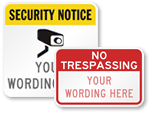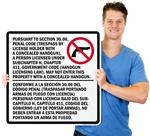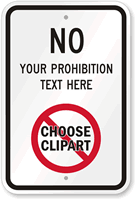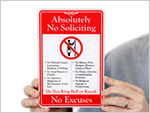Buyer’s guide: To mace or to pepper spray: they both end in tears
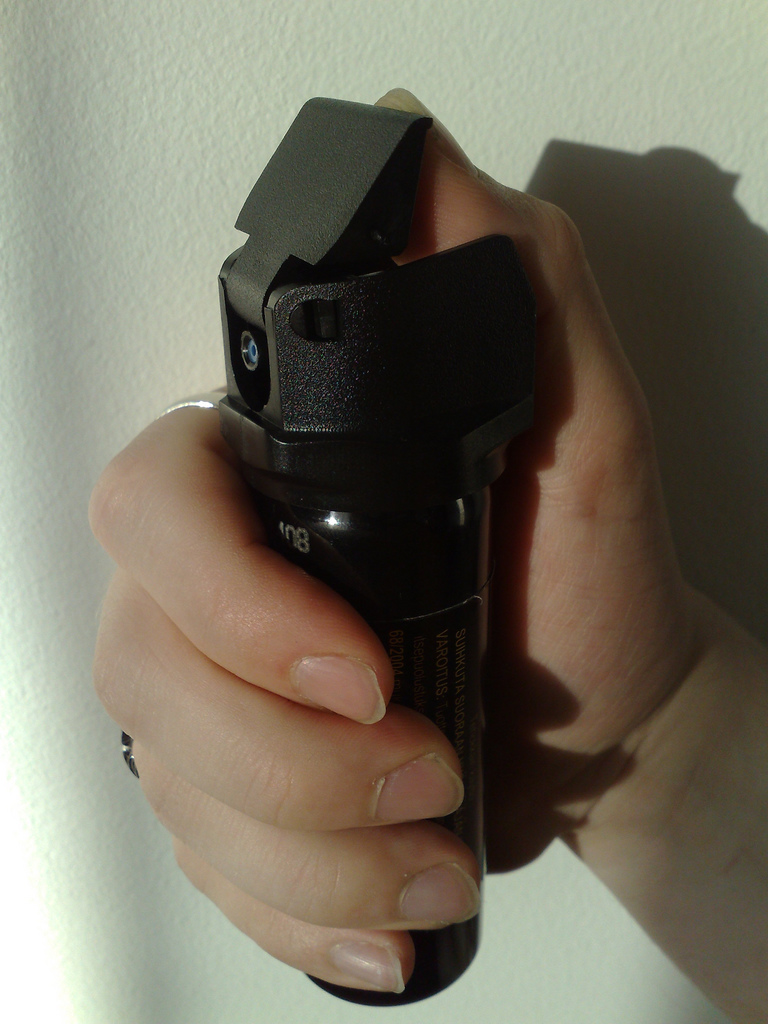
Mace or pepper spray: what should you have on you in case of a worst case scenario? Image by wstryder.
If you’re trying to choose between mace and pepper spray for personal self defense, fret no more because the choice has already been made for you.
Mace
Mace was originally invented in 1965 when Allan Lee Lipman’s wife, Doris, was threatened on the street. It was manufactured for some years by a subsidiary of Smith & Wesson, fell out of favor a couple of decades ago and went out of production shortly thereafter. Mace is a type of tear gas, which causes stinging pain and massive amounts of tears to one’s eyes.
It is still sometimes used by police to disperse large and rowdy crowds, but is no longer sold in individual canisters, not least because mace does not work on people under the influence of certain pain-numbing drugs, like PCP.
What hasn’t fallen out of favor is the word mace, particularly since a company named itself after the weapon. The personal self defense brand, Mace, started as a seller of the tear gas, but now sells mostly pepper spray. The word “mace” is still colloquially used as a catch-all for anything you can spray into someone’s eyes to give yourself time to escape a harmful situation.
Pepper Spray
When shopping for non-lethal personal self-defense, the decision, then, comes down to which pepper spray to get. The two considerations are legality and effectiveness.
Pepper sprays are made of extracted capsicum oil — the exact same stuff that make jalapeños spicy, but in much higher concentrations. It is the deeply uncomfortable sensation of slicing a chili pepper then touching your eye, but 500 times worse.
Pepper spray works by irritating a mammal’s mucous membranes in the eyes, nose and throat. Any pepper spray worth its salt will immediately cause a person’s eyes to clamp shut in pain. Searing heat will fill their throats and faces. He or she will have difficulty breathing, get a profusely runny nose and cough uncontrollably. Very likely this person will be doubled over or rolling on the ground. Intense initial effects wear off between 15–30 minutes. Most importantly, a good pepper spray will work just as well on a lucid and sober robber as one high on PCP.
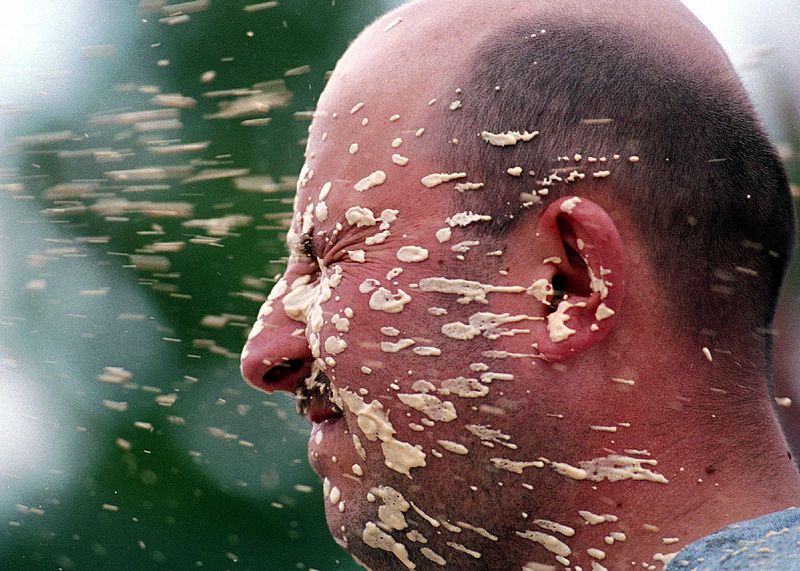
A Navy officer pepper sprayed in the face during riot training. Photo by Katrina L. Beeler.
But not all pepper sprays are created equal. Some companies dilute the capsicum content to save money, making the pepper spray less effective.
Many companies will list the Scoville Heat Units of the pepper spray, and the higher the SHU, the hotter the pepper. However, this says nothing about the concentration of the capsicum oil in the canister you’re holding. Even the highest Scoville Unit will not be that useful if there’s not that much of it in there.
The federal government uses a rating called the CRC to measure not the amount of oil in the product. A high CRC is the most reliable way to know that you are getting a good product that will work when you need it to. Once you’ve picked one out, keep an eye on the expiration date. It may be years before you have to use it (or never, if you’re lucky), and a pepper spray past its prime may not incapacitate like it used to.
The other consideration is legality. Pepper spray is legal in all 50 states, but some states have more restrictions than others. For example, California does not let you carry more than 2.5 ounces at a time, and New Jersey only allows non-felons over 18 to buy pepper spray. Check with your state for exact restrictions, and keep in mind that county and city laws may vary within states. Stay within your jurisdiction’s legal limits to keep from getting fined, and to prevent a pepper-sprayed attacker from suing you for illegal use.
Keep the pepper spray accessible, but use it sparingly. It’s a weapon after all.
Category: Guns


